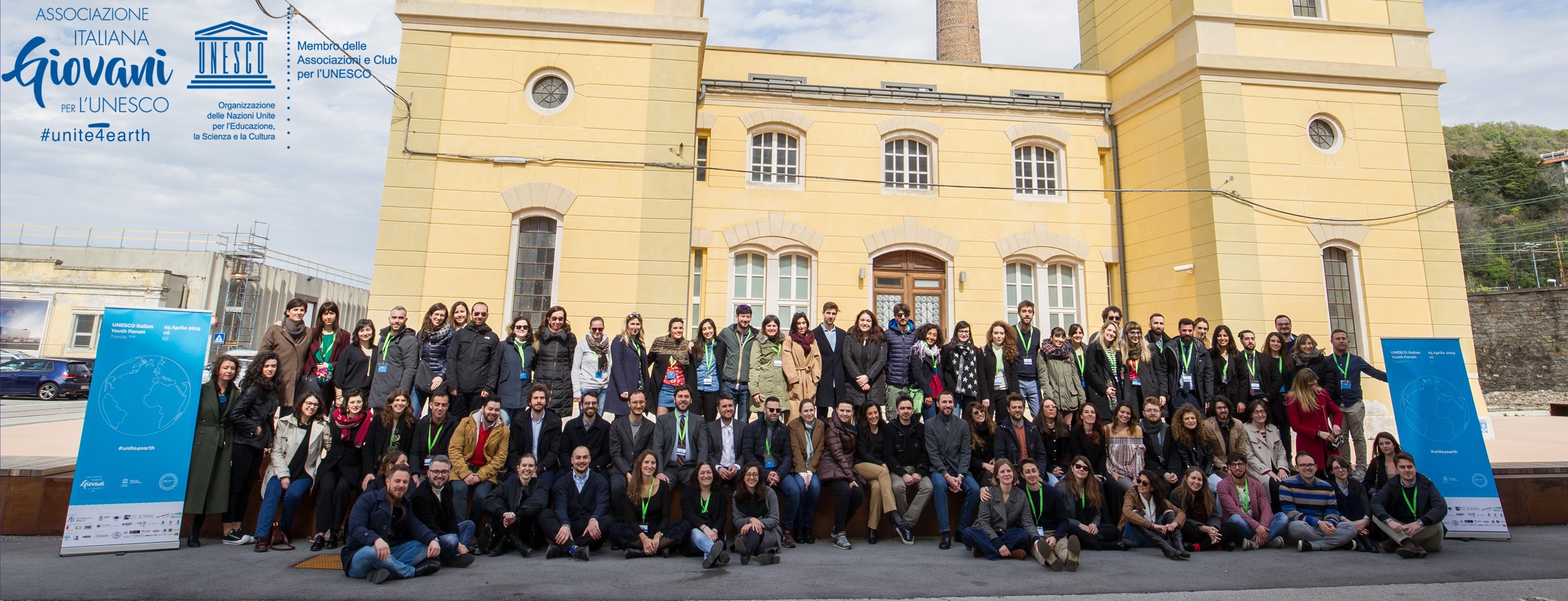![]() Written by Sarah Court and Gamini Wijesuriya, People-Centred Approaches Programme & Project Manager, ICCROM – From GUIDANCE NOTE – ICCROM 2015
Written by Sarah Court and Gamini Wijesuriya, People-Centred Approaches Programme & Project Manager, ICCROM – From GUIDANCE NOTE – ICCROM 2015
Communities have become the focus of a number of international and national policies, as strong communities tend to be beneficial for both individuals and for society as a whole. Strong communities are made up of good support networks and active community groups with volunteering opportunities contribute to improved health and well-being; increased social inclusion; reduced criminal and antisocial behaviour; increased enterprise and learning cultures; and encourage participation in the democratic process. In the case of heritage, community involvement contributes to this broader picture but also brings specific advantages to the heritage as well.
In this context people-centred approaches do not consider heritage as simply an isolated entity that requires resources for its conservation and management. Instead heritage is seen as having the potential to play an active role in communities and bring benefits to people, thereby demonstrating that heritage is meaningful to society, as well as gaining society’s support for its on-going use and protection. Engaging communities is about strengthening their ability to participate meaningfully in the process of making conservation and management decisions for themselves and their heritage. Communities can be communities of place (those who live within or near to heritage), communities of interest (those who feel a connection to or are interested in heritage) or communities of practice (those who work with heritage).
Some heritage places already attract millions of visitors and it could be argued that they have no need of new approaches to involve people. However, at heritage places that appear to be successful visitor attractions, the question needs to be asked if other communities, such as local residents, are still allowed to enjoy their heritage as it was originally intended and if they derive benefits from it. These situations need evaluating in terms that go beyond visitor numbers and financial income to include, for example, measurements of how healthy the related community of place is. This discussion is often approached through the lens of sustainable development, with the objective of creating a sustainable communit.. Not only does this sustainability discourse suggest measuring the success of a heritage place in terms of economic, environmental and social factors, but also places an emphasis on conservation as the only way of ensuring that future generations enjoy heritage resources.
However, all too often within the wider international discussion of sustainability, heritage is given only a limited mention. The perceived marginal contribution that cultural heritage can play to such agendas has two negative impacts: it both fails to harness fully the potential contribution that culture can give to issues such as community dignity, cultural inclusion, poverty alleviation, etc., as well as marginalizing cultural heritage in such a way that it is not perceived as playing a useful role in society. A shift is needed where the heritage sector manages to become more significant, thereby not only producing benefits for communities but gaining their support in recognition of the meaningful contribution that heritage can play. As it cannot be taken for granted that there will be future support for maintaining many heritage assets, heritage needs to take on a more dynamic role where it can produce results beyond its confines, reaching equilibrium with society which will see more reason to safeguard it.
Emphasis on providing the community with a genuine and self-driven role in public affairs ties into a call for endogenous approaches to sustainable development; change must be rooted in local understanding of needs and opportunities, so that such change brings long- lasting benefits to the community3. This has been adopted in the area of community development and it has been noted that even disadvantaged communities have capacities and assets that can benefit their own development and their heritage resources.
Another strand of people-centred approaches to conservation is the Living Heritage Approach, where living heritage is characterized by the ongoing use of heritage by its associated community for the purpose for which it was originally created. Living heritage is strongly linked to a community and is therefore subject to a continuous process of evolution, as change is embraced as part of the living nature of the heritage place. This maintains a continuity of community connections (as expressed both in terms of tangible and intangible heritage) and those connected communities take responsibility to maintain their heritage by traditional or established means. Furthermore, such heritage is linked to or has relevance for the contemporary life of the community who endeavour to draw various benefits from it.

